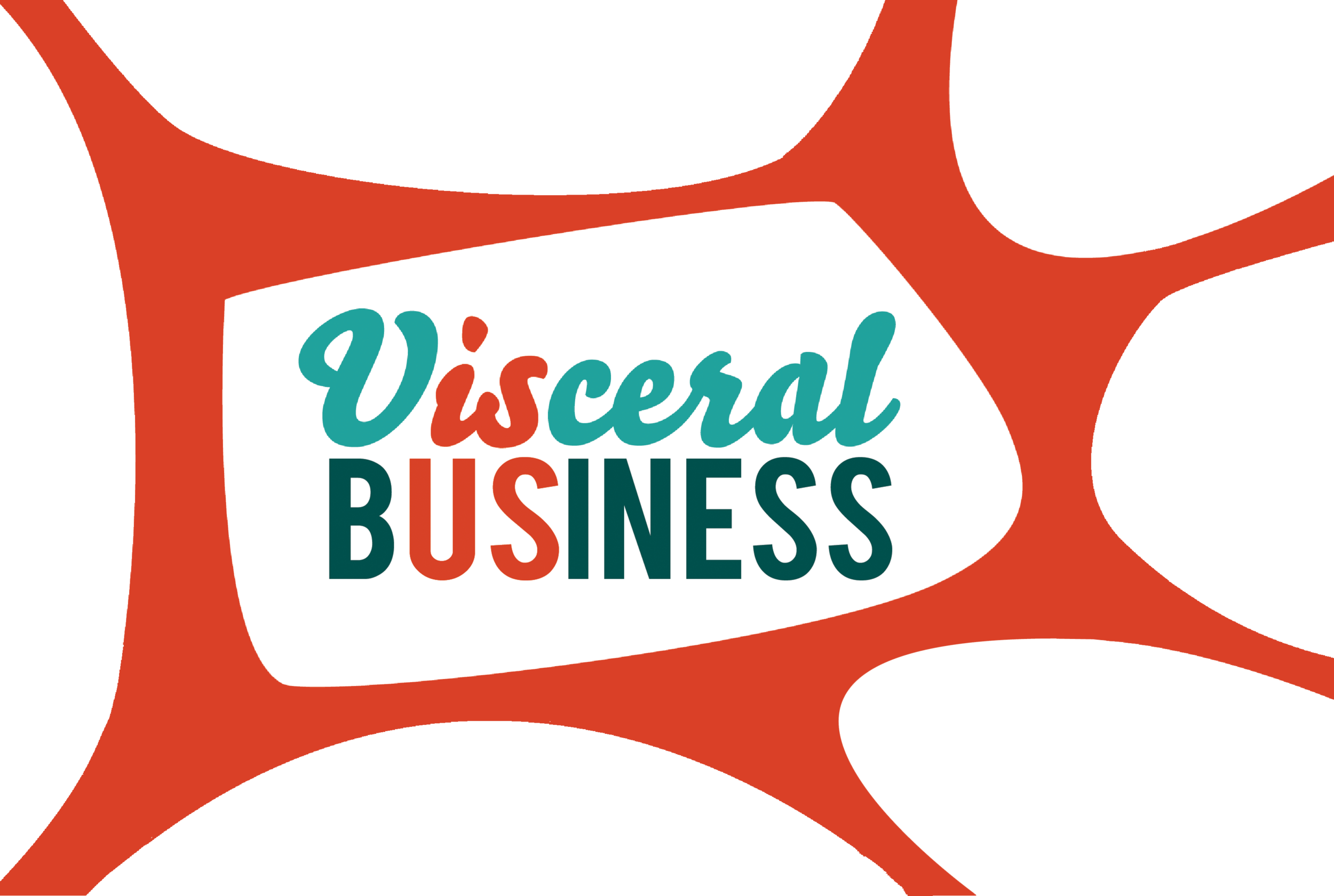When the consumer's the connection
Photo by kyler trautner on Unsplash
Conventional ideas about distribution have been upended by the web.
What happens when the customer is the connector?
A personal example: I enjoy Rude Health’s porridge. Camilla Bernard, the company’s co-founder, has a clear social voice. I like what the brand stands for and that its people have a passion for what they do. Rude Health responds and joins in with social conversations, and that makes me want to speak up for it as an advocate.
I also shop at Waitrose and support the way the John Lewis partnership’s is open about its sales data.
This stance and the actions of these brands, for me, builds a belief in them.
So when the supermarket is out of the brand go to it for, today, I’m able to connect the two using social media.
Businesses that understand social commerce and the network effects that social media can create can build lucrative and compelling user-centric business models around social media.
Digital business asks brands to organize around how the customer has become the connection.
How well are they prepared for this change? Are brands making the most of this shift and realigning themselves and their business processes and competencies around it, and how much are they losing by not doing so?

